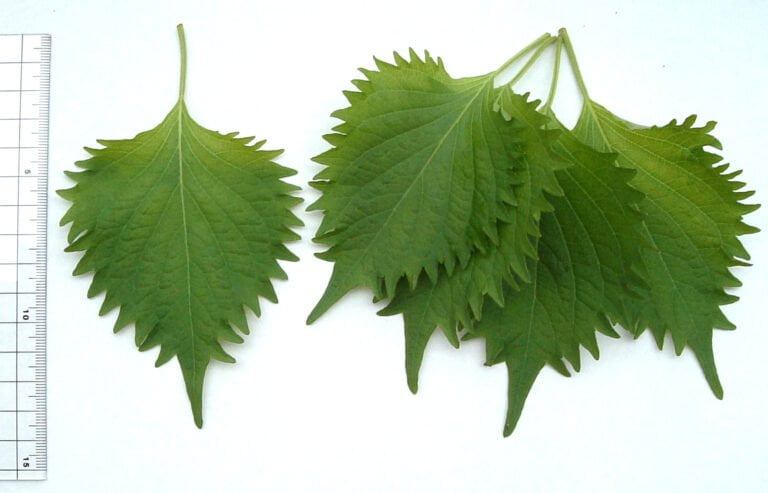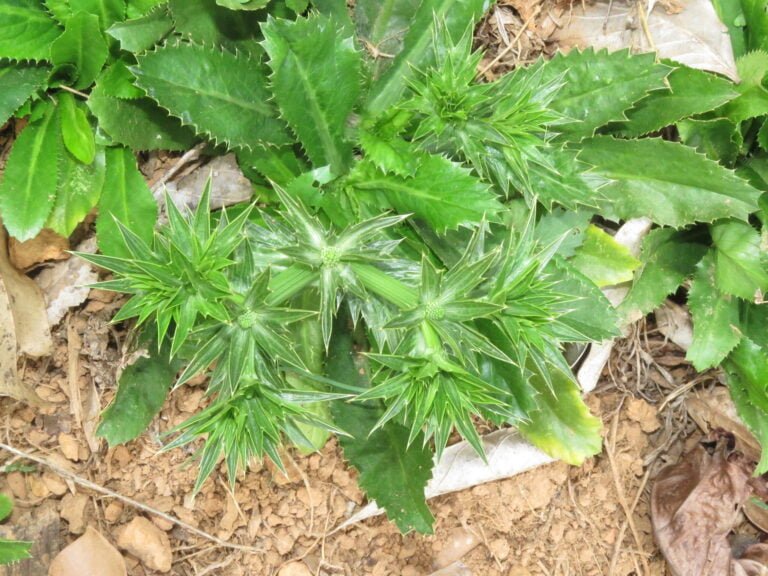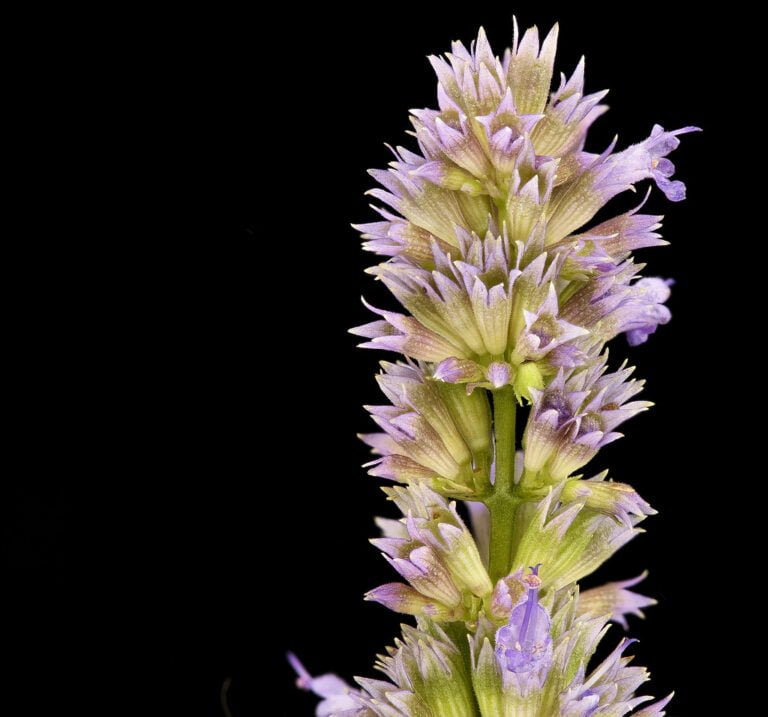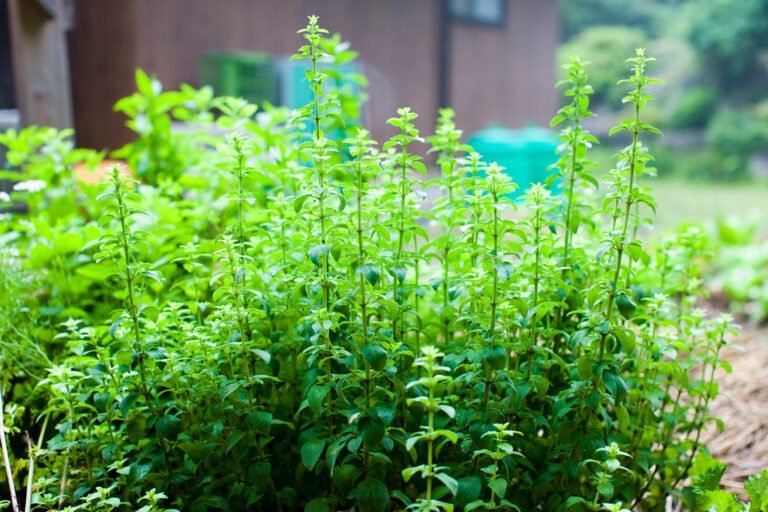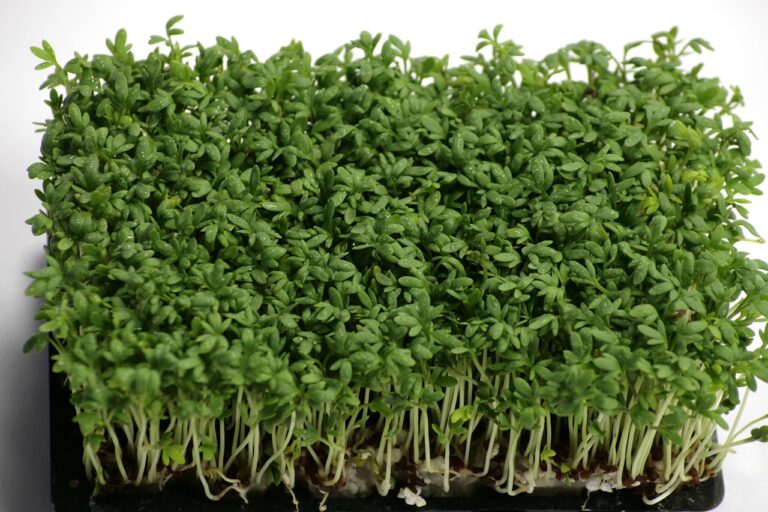Woodruff
Are you interested in learning about woodruff? Well, you're in luck! This article will provide you with all the essential information you need. Woodruff is a versatile plant with various culinary uses and medicinal properties. You'll also discover how to cultivate and harvest woodruff, as well as its companions in the garden. We'll even cover common pests and diseases to watch out for. So, let's dive in and explore the fascinating world of woodruff together!
Botanical Information
Woodruff's botanical information is essential for understanding its characteristics and uses. Ecologically, woodruff plays a crucial role in maintaining biodiversity. It provides shelter and food for a variety of insects, birds, and small mammals, making it an important component of many ecosystems. Historically, woodruff has been used for a wide range of purposes. Its fragrant leaves have been used to make perfumes and sachets, and its roots have been used in traditional medicine for their anti-inflammatory properties. Additionally, woodruff has been used in the brewing industry to flavor beer and in culinary applications to enhance the taste of desserts and beverages. Understanding the botanical information of woodruff allows us to appreciate its ecological importance and explore its rich historical uses.
Key Characteristics
To fully understand woodruff, it is important to examine its key characteristics. Woodruff is a plant that has been surrounded by folklore and legends for centuries. In traditional medicine, woodruff has been used for its various medicinal properties. It is believed to have anti-inflammatory and analgesic effects, making it useful for treating headaches, joint pain, and inflammation. Additionally, woodruff has been used as a diuretic and to promote better digestion. Its pleasant aroma has also made it a popular ingredient in perfumes and potpourris. Woodruff is known for its delicate white flowers and its ability to thrive in shady areas. It is a versatile plant that has been valued for both its practical and aesthetic qualities throughout history.
Culinary Uses
You can incorporate woodruff into your culinary creations to add a unique and aromatic flavor. This herb is known for its sweet, hay-like scent and hints of vanilla. Woodruff can be used in a variety of cooking techniques to enhance the flavor profiles of both sweet and savory dishes. For desserts, try infusing woodruff into creams, custards, or syrups to create a subtle and floral taste. It can also be used to flavor beverages such as teas, lemonades, and cocktails. In savory dishes, woodruff can be added to soups, stews, and marinades to provide a refreshing and earthy note. Whether you're a professional chef or a home cook, incorporating woodruff into your culinary repertoire will surely impress your guests and elevate your dishes to new heights.
Medicinal Properties
To explore the medicinal properties of woodruff, it is important to understand its potential health benefits. Woodruff has been the subject of extensive medicinal research, and its traditional remedies have been used for centuries. One of the main health benefits of woodruff is its ability to relieve symptoms of anxiety and stress. The herb contains compounds that have a calming effect on the nervous system, promoting relaxation and improving sleep quality. Woodruff also has anti-inflammatory properties, which can help reduce pain and swelling. Additionally, it has been used to treat digestive issues such as indigestion and stomach cramps. Its mild diuretic properties can also aid in detoxification. Incorporating woodruff into your wellness routine can be a natural and effective way to support your overall health and well-being.
Cultivation and Growing Conditions
Woodruff can be cultivated and grown successfully in a variety of conditions, making it a versatile and adaptable herb for any gardener. When it comes to soil requirements, woodruff prefers rich, well-drained soil that is slightly acidic to neutral. It thrives in moist soil but can tolerate some dryness once established. Regular watering is essential during hot, dry spells, especially for young plants. However, be cautious not to overwater, as excessive moisture can lead to root rot. It is recommended to water deeply and allow the soil to dry slightly between waterings. To retain moisture and suppress weed growth, a layer of organic mulch can be applied around the plants. By following these guidelines, you can ensure healthy and robust growth of woodruff in your garden.
Propagation
After successfully cultivating and growing woodruff in your garden, you can propagate this versatile herb through several methods. Propagation techniques for woodruff include division, cuttings, and seed sowing. Division is the easiest method and can be done by carefully digging up the plant and separating the root clumps into smaller sections. Each section should have a few healthy shoots and roots. Plant the divisions in well-drained soil and keep them moist until they establish. Another way to propagate woodruff is through stem cuttings. Take 4-6 inch long cuttings from healthy, non-flowering stems and remove the lower leaves. Plant the cuttings in a pot filled with a well-draining soil mix and keep the soil consistently moist. Woodruff can also be grown from seeds, which should be sown in spring or fall. Sow the seeds in a prepared bed and cover them lightly with soil. Keep the soil moist until the seeds germinate. By following these propagation techniques and growing tips, you can expand your woodruff collection and enjoy its fragrant leaves and flowers.
Planting and Care
Once established, proper planting and care of woodruff is essential for maintaining its health and vitality. When it comes to planting woodruff, choose a location that receives partial shade or filtered sunlight. Prepare the soil by removing any weeds or debris and loosening it to a depth of six inches. Add organic matter, such as compost or well-rotted manure, to improve drainage and fertility. Woodruff prefers a slightly acidic soil with a pH between 5.5 and 6.5. After planting, water the woodruff thoroughly and keep the soil consistently moist, but not waterlogged. Mulching around the plants can help conserve moisture and suppress weeds. Regularly check for pests and diseases, and promptly address any issues that arise. Prune the woodruff after flowering to maintain a neat and compact shape. By following these gardening tips and providing proper soil preparation, you can ensure the health and longevity of your woodruff plants.
Harvesting
To harvest woodruff, you can begin by gently cutting the stems just above ground level. Woodruff is best harvested in the spring when the leaves are young and tender. When cutting, be careful not to damage the surrounding plants or the delicate root system of the woodruff. After harvesting, you can use woodruff in a variety of ways. It is commonly used to flavor beverages, such as the famous German May wine. You can also use it in desserts, like ice cream or jelly. Woodruff has a fragrant smell and a slightly sweet, vanilla-like taste. It is important to practice sustainable harvesting methods when collecting woodruff to ensure its continued growth and availability. By harvesting responsibly, you can enjoy woodruff's alternative uses while preserving its natural habitat.
Companion Planting
When harvesting woodruff, it is important to consider companion planting, as it can enhance the growth and health of both the woodruff and the surrounding plants. Intercropping, the practice of growing different plants together, offers several benefits. One advantage is that it maximizes the use of space in your garden. For example, you can plant woodruff alongside vegetables or herbs that have similar growing requirements. This way, you can make the most out of the available area and increase your yield. Additionally, companion plants can provide natural pest control techniques. Some plants, like marigolds or basil, emit scents that repel pests, reducing the need for chemical pesticides. By implementing companion planting with woodruff, you create a harmonious and productive garden ecosystem.
Pests and Diseases
While growing woodruff, it is important to be aware of the potential pests and diseases that can affect its health and productivity. Prevention methods play a crucial role in maintaining the well-being of your woodruff plants. One effective prevention method is to ensure proper soil drainage and ventilation, as excessive moisture can lead to fungal diseases. Regularly inspect your plants for signs of pests such as aphids, slugs, and snails. If you notice any infestations, natural remedies can be used to control them. For example, you can make a homemade spray using neem oil, garlic, or soap and water to deter pests. Additionally, practicing good garden hygiene, such as removing dead leaves and debris, can help prevent disease outbreaks. By taking these preventative measures, you can protect your woodruff plants and ensure their continued health and productivity.
Cultural Significance
As you continue delving into the world of woodruff, explore its cultural significance, which adds a rich and meaningful dimension to its cultivation and usage. Woodruff holds a special place in cultural traditions around the world, with its historical significance dating back centuries. In many European countries, woodruff has been used in May Day celebrations, where it is woven into wreaths and garlands symbolizing spring and renewal. Its sweet aroma and delicate white flowers also make it a popular ingredient in traditional beverages, such as the German Maibowle and the Scandinavian drink known as "Maiwein." Woodruff's cultural significance goes beyond its usage in celebrations, as it has been revered for its medicinal properties and as a symbol of good luck and protection. Embracing woodruff in your own cultivation and usage can connect you to these timeless cultural traditions and add a touch of historical significance to your own practices.
Frequently Asked Questions
How Long Does It Take for a Woodruff Plant to Produce Flowers?
Woodruff plants typically take about 2-3 years to produce flowers. To care for a woodruff plant, provide it with partial shade, well-drained soil, and regular watering. Woodruff tea offers benefits like calming nerves and promoting sleep.
Can Woodruff Be Used as a Natural Dye for Fabrics?
Yes, woodruff can be used as a natural dye for fabrics. It has the potential to provide environmental benefits as a dye. Try using woodruff to add beautiful colors to your fabrics!
Are There Any Known Toxic Effects of Consuming Woodruff?
Consuming woodruff may have toxic effects and health risks. It's important to be aware of the potential dangers and consider alternative options for consumption. Take care of your health and make informed choices.
Can Woodruff Be Grown Indoors?
To grow woodruff indoors, try using a hydroponic system. The best temperature for growth is around 65-70°F, and providing 12-14 hours of light per day will help it thrive.
Is Woodruff a Suitable Plant for Container Gardening?
Woodruff is a suitable plant for container gardening. It offers many benefits, such as easy maintenance and the ability to control soil conditions. The best containers for woodruff are ones that provide good drainage and enough space for its root system to grow.
Conclusion
In conclusion, woodruff is a versatile herb with both culinary and medicinal uses. Its delicate leaves and sweet scent make it a popular ingredient in herbal teas and desserts. Woodruff is also believed to have calming and anti-inflammatory properties. Cultivating woodruff is relatively easy, as it thrives in moist and shady conditions. Harvesting can be done throughout the growing season, and it can be grown alongside other plants to repel pests. Overall, woodruff is a valuable addition to any garden or kitchen.

